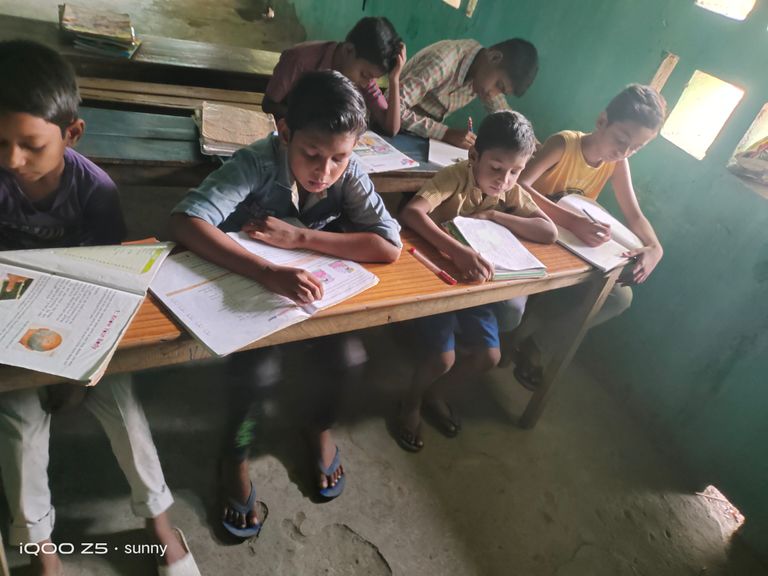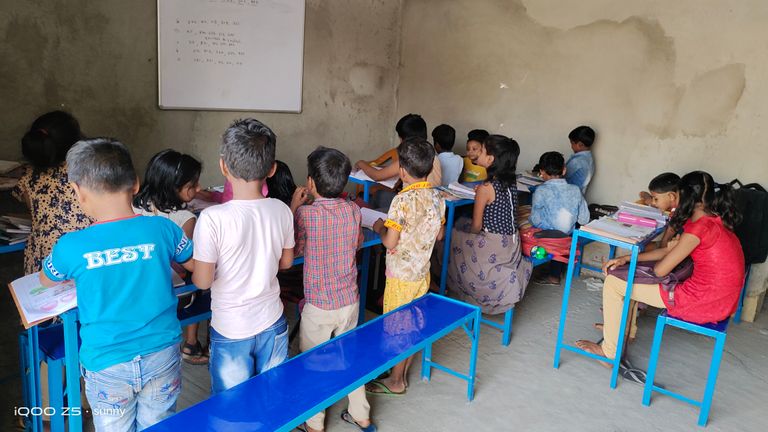Hi dear friends.I am here to talk about poor students,who can not afford own study material and 🧬 living goods
Children in poverty make up thirty-nine percent of the population, and most of these children do not receive a good education because their parents cannot afford to send them to anything but a public school. This paper will discuss the education of children under twelve years of age who are in poverty, including programs offered to education children in poverty, how the government helps disadvantaged children, how the envir

There are many programs out there may benefit the education of poor children. Right now, the Federal government provides some funds to educate children in the public school system only. Often times, parents in poverty do not like the level of education their child is receiving, and they want to have the government help them pay to send their children to a private school to get a better education. The Federal government does not provide any funding to educate poor children in private schools. So many parents are forming organizations that put pressure on their state's government to provide funding. Wisconsin is one state that parents are pushing for better education of children who are in poverty. A group of parents who are in poverty formed a group called the Milwaukee Parent Choice Program. This group formed in response to the poor education their children were receiving. This program will allow children from low-income families to attend private non-sectarian schools. They get their funding from the state of Wisconsin through grants. This program has been very successful for children who were not doing well in the public school system (Committee on Labor and Human Resources, 1997). Another organization in Wisconsin that is fighting for education for children in poverty is Partners Advocating Values in Education.

today's world, the word "poverty" is well-known. Poverty may have the definition of anyone who lives paycheck to paycheck. Or, for some, poverty may be as extreme as one who lives underneath a bridge with their belongings in a shopping cart. John Kenneth Galbraith's definition of poverty is when an individual's income, even if adequate for survival, falls behind that of the community's standard. Galbraith has many beliefs concerning the case and insular poverty. These specific ideas would help our society with poverty because it would better nourish, educate, and as a whole leave a better life for less deprived individuals. Helping these people would leave our world with more harmony and an equal social balance.
According to "Global Problems and the Culture of Capitalism" over the past fifty years poverty has dramatically been reduced however, "approximately one-fifth of the world's population, over one billion people, earns less than one dollar a day." When Galbraith wrote this essay in the 1950s, women were the prime leaders of poverty-stricken households, along with thirty percent of African Americans, eight percent of caucasian, and ten percent of Spanish origin. In the 1950s, women were looked down upon especially when they had children, however, things have changed very much today. Society now admires women more for taking the full responsibility of child-rearing as well as their job and their life. Today single mothers are looked upon, as having a full-time job, despite their minimal materialistic rewards.
Galbraith explains two different ideas of poverty being, case and insular. Case poverty is described on each individual basis. Specifically this exists because of individualistic problems, such as alcoholism, unhealthy behavior, wrong moral social decisions, and mental deficiencies. Mostly these unfortunate people were born into these situations or have instigated them on their own
I Wish you like my words 🥰 page